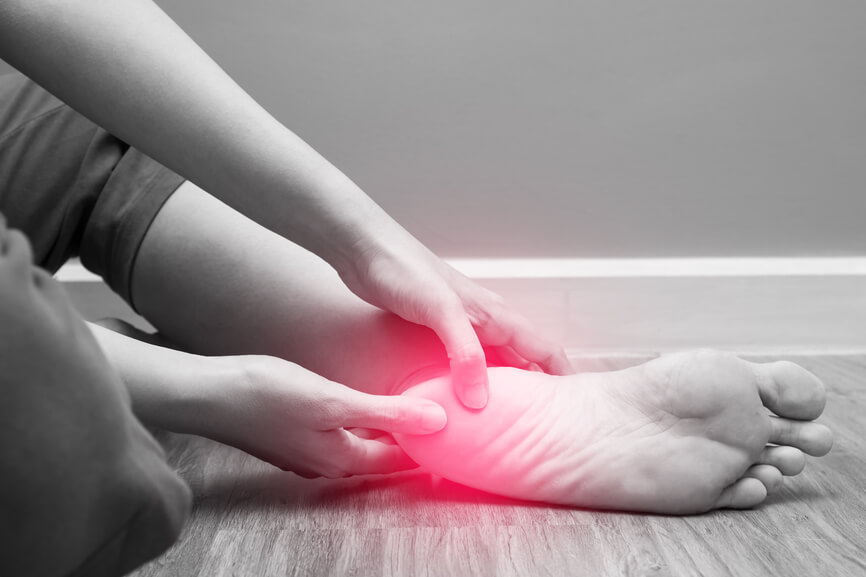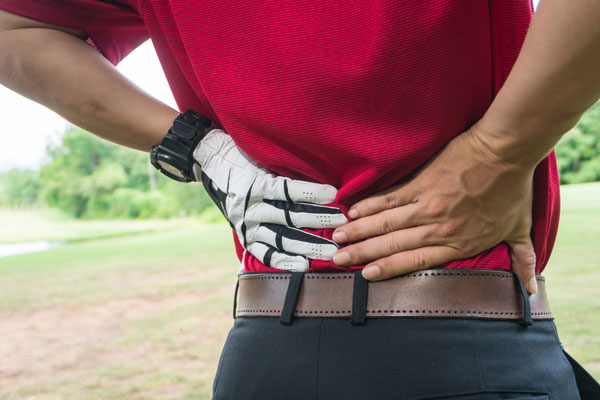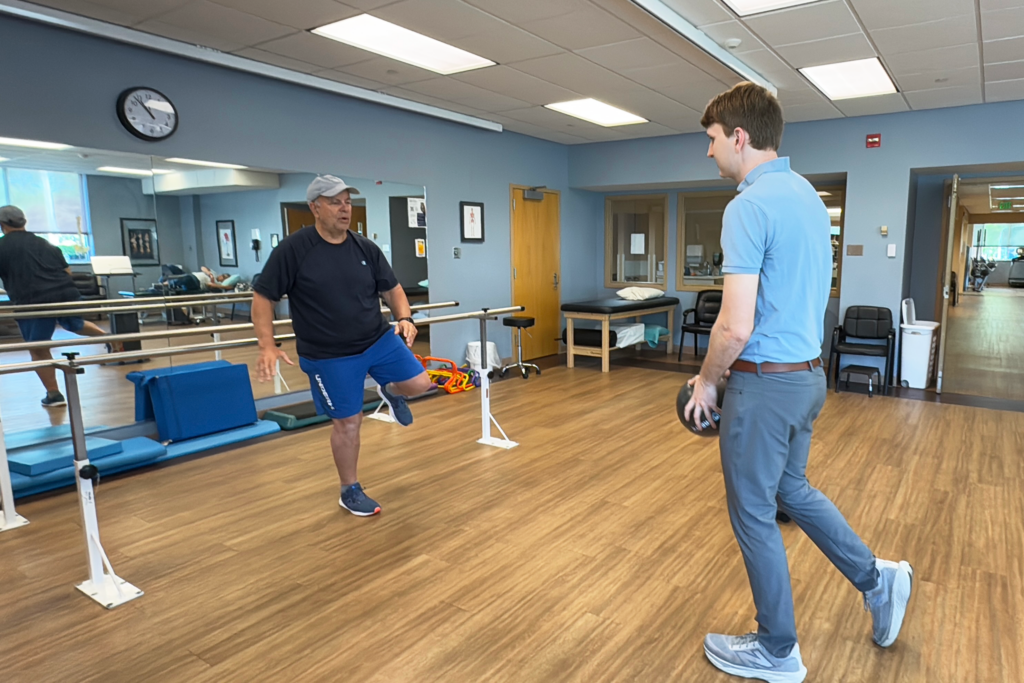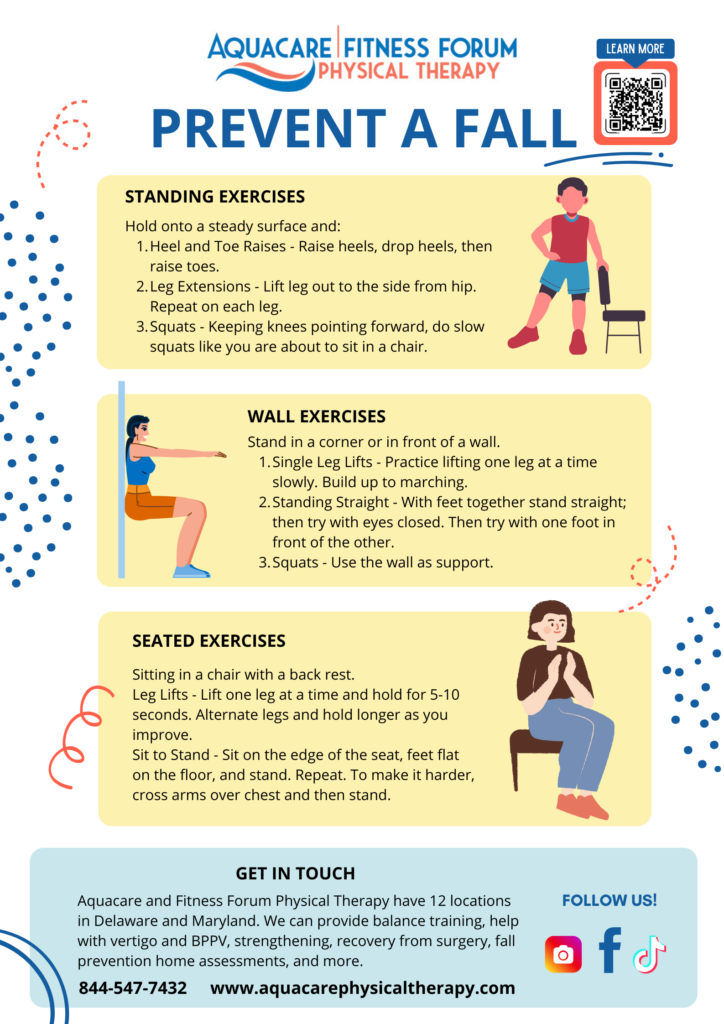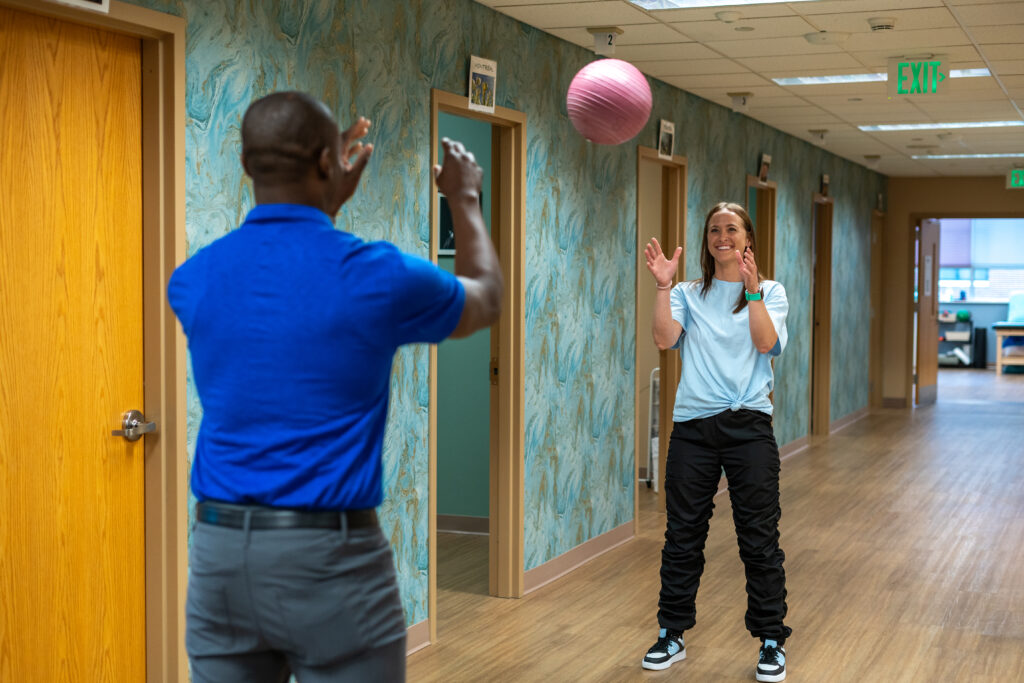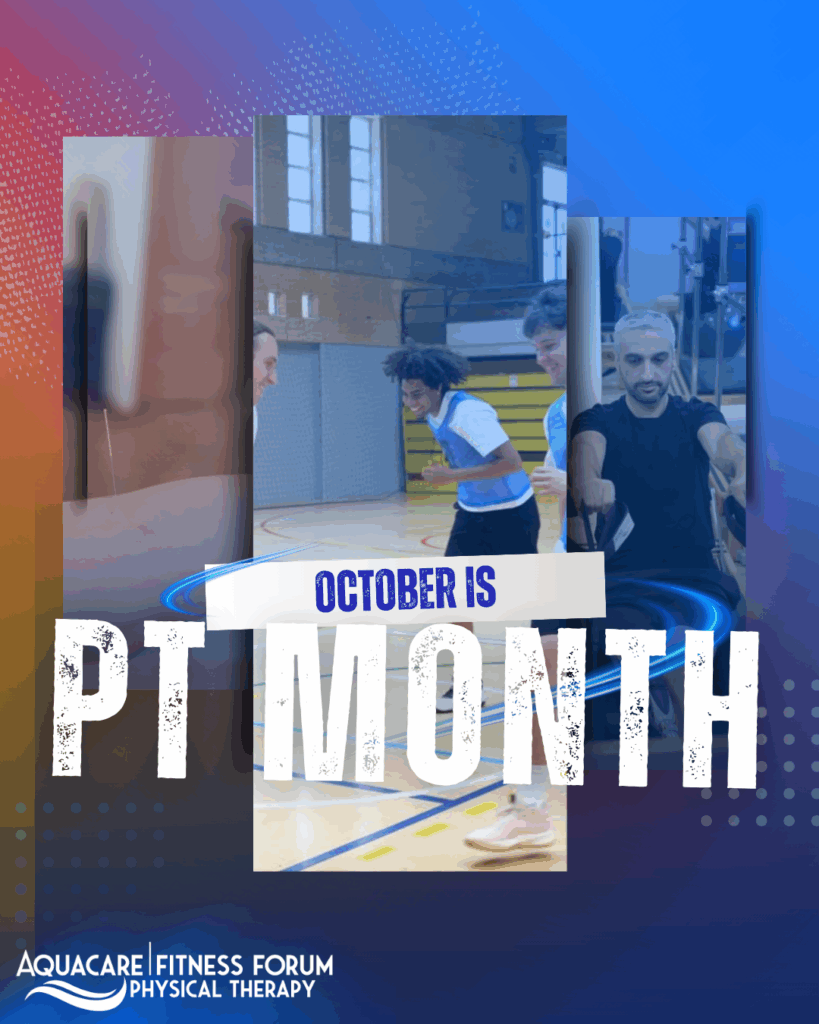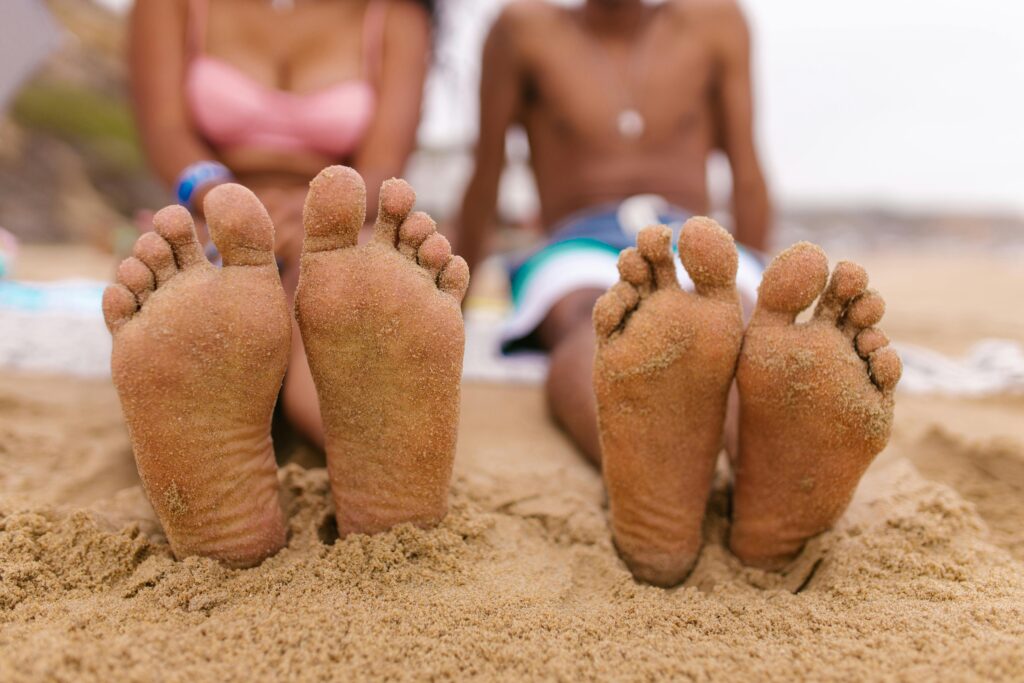
Beach-Ready Feet: How to Walk on Sand Without Pain

Walking barefoot on the beach seems like the perfect summer escape—soft sand between your toes, the ocean breeze in your hair, and a peaceful stroll along the shoreline. It’s a relaxing image, but your body feels differently.
What most people don’t realize is that walking on sand is actually more of a workout than it appears. Sand is an unstable, uneven surface that forces your muscles and joints to work harder with every step. Your feet must grip and stabilize more than usual, your ankles constantly adjust for balance, your calves stay engaged, and even your hips help you maintain smooth movement.
While it’s a beautiful, natural way to move, walking on sand can quickly lead to sore arches, tight calves, or even injuries if your body isn’t properly prepared. In this post, we’ll break down the best ways to get your feet ready for sandy strolls so you can enjoy every step without pain or setbacks.
1. Gradually Increase Barefoot Time
One of the best ways to prepare your feet for beach walking is by gradually increasing your barefoot time. Start by walking indoors on clean, safe surfaces to gently wake up the small muscles in your feet that don’t get much use in supportive shoes. As your feet adjust, try walking on soft grass or other natural surfaces that offer some give but are still easier than sand. If you haven’t been barefoot for a while, start with short walks to avoid overworking your arches and calves. Giving your body time to adapt can make a huge difference when you finally hit the beach.
2. Strengthen Your Foot Muscles
Walking on sand demands more from your feet than walking on solid ground. Strengthening the small, often-overlooked muscles in your feet is key to avoiding injury and building endurance. Simple exercises like towel scrunches—where you use your toes to pull a towel toward you—can help build toe and arch strength. Marble pick-ups, where you use your toes to grab and move small objects, are another great way to engage your foot muscles. The “short foot” exercise, which involves lifting your arch without curling your toes, targets the intrinsic muscles that support balance and stability. Aim to perform these exercises 2–3 times a week for 2–3 weeks before hitting the sand to prepare your feet and reduce the risk of fatigue or injury.
3. Focus on Mobility and Flexibility
In addition to strengthening your muscles, mobility and flexibility are crucial for beach readiness. Incorporate ankle circles and alphabet drills to improve joint mobility, and stretch your calves and Achilles tendons to reduce tightness that could lead to strain. Don’t forget your toes and plantar fascia—gentle stretches and rolling a lacrosse or massage ball under your feet can ease tension and improve flexibility. Keeping your feet and ankles mobile will help them adapt to shifting surfaces, making it easier to walk on sand without discomfort.
4. Warm Up Before Hitting the Sand
Before you step onto the sand, take a few minutes to warm up your feet and lower legs. A simple 5-minute dynamic warm-up can include ankle pumps, heel raises, and foot circles. This quick routine boosts circulation, activates stabilizing muscles, and helps prevent injury by ensuring your body isn’t going from stillness to sudden exertion. Think of it as a small but effective step to ensure you’re prepared for a more enjoyable—and pain-free—beach day.
5. Pace Yourself
It can be tempting to take a long walk along the shoreline right away, but walking on sand is much more demanding than walking on pavement. Jumping straight into long distances can lead to fatigue and increase your risk of injury. Instead, start with short beach walks and gradually increase your time and distance as your body adjusts. Pay close attention to how your feet, ankles, and legs feel during and after each walk. Listening to your body is essential to staying safe and ensuring you enjoy your time on the beach without overdoing it.
Prepping Your Feet for Summer Fun
Taking care of your feet before jumping into summer activities might not be the most glamorous part of your beach prep, but it’s one of the most important. A little effort now can help prevent discomfort, soreness, or setbacks later. Whether you’re planning long walks on the beach, a barefoot game of volleyball, or just casual strolls along the shore, having strong, supported feet makes all the difference.
Want help creating a custom foot-strengthening plan? Book a quick consult with our PT team today—we’re here to keep you moving pain-free all season long.



